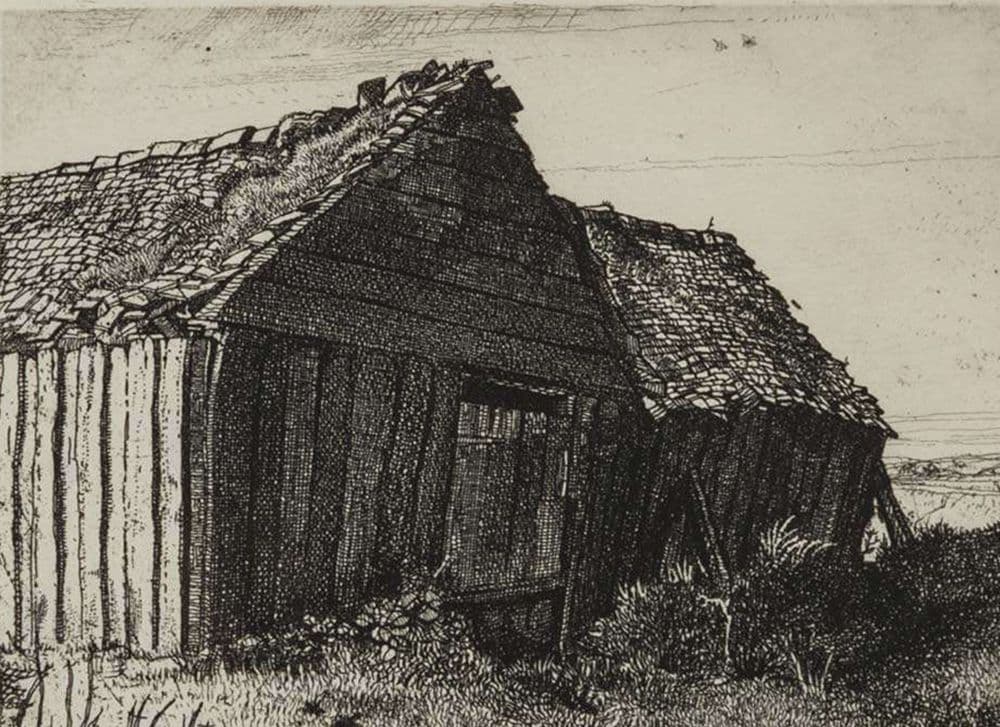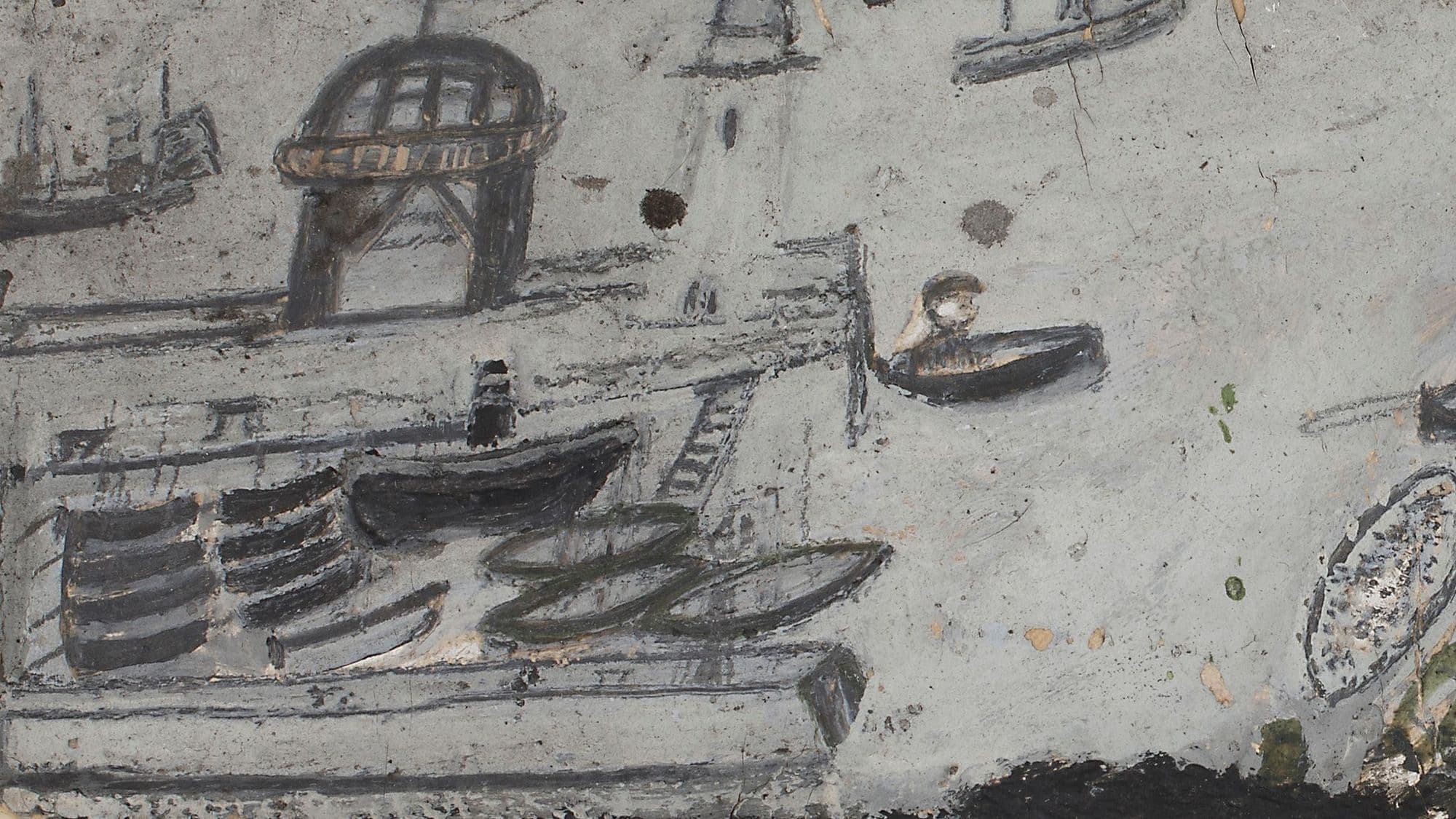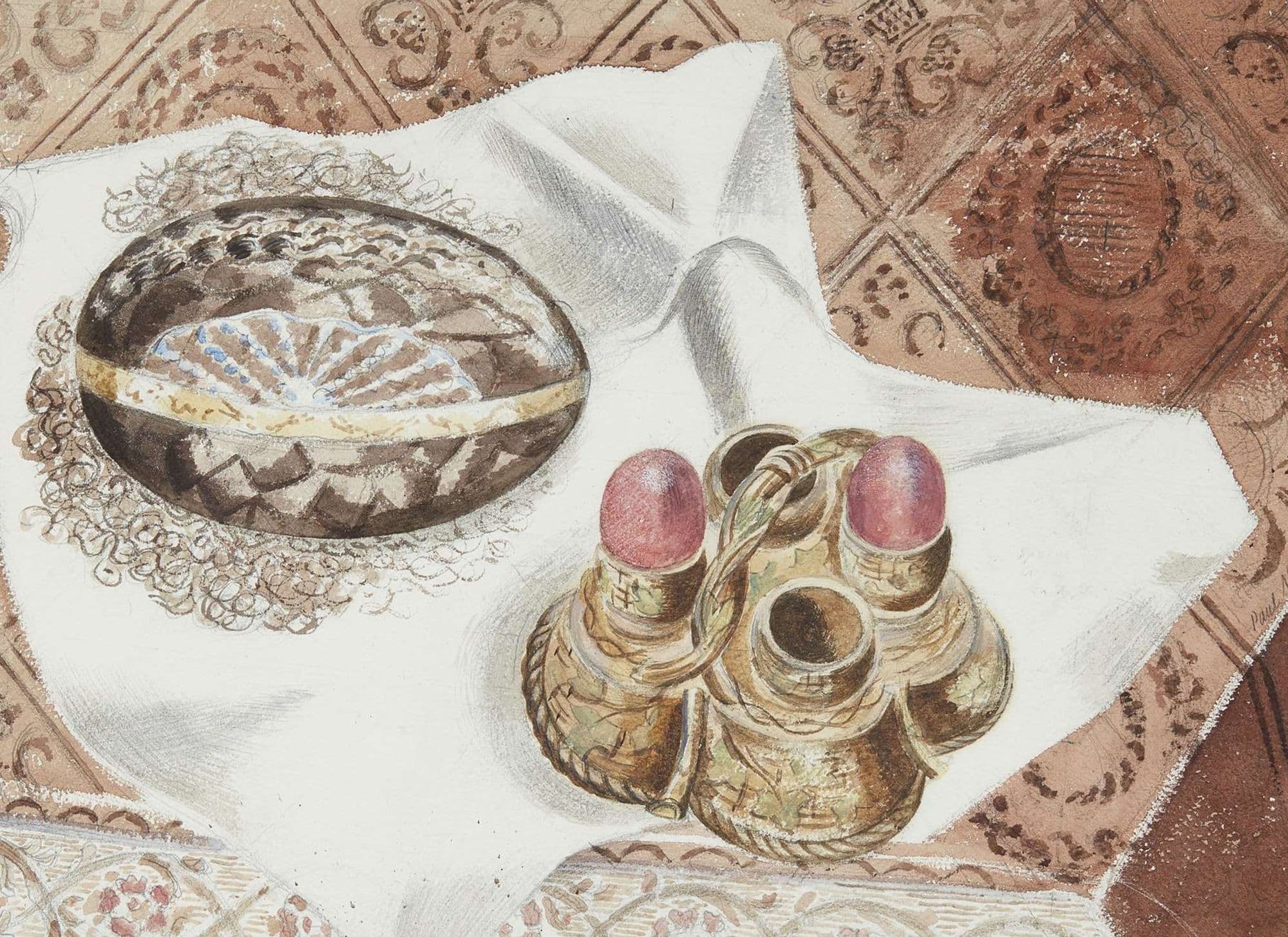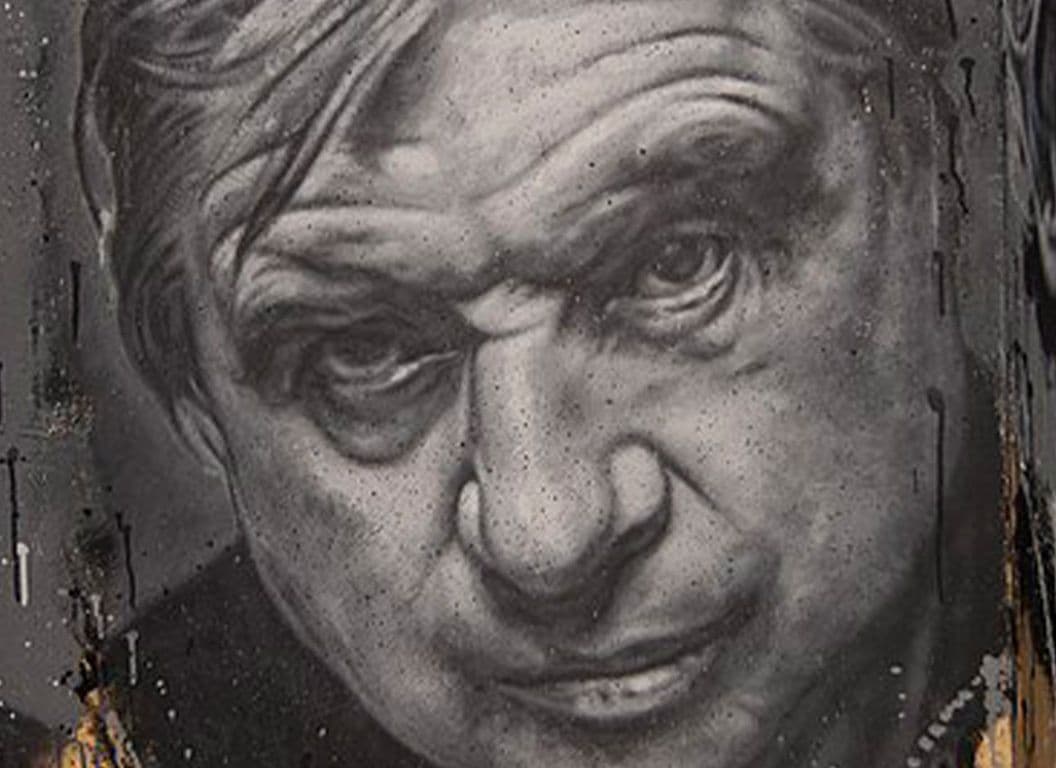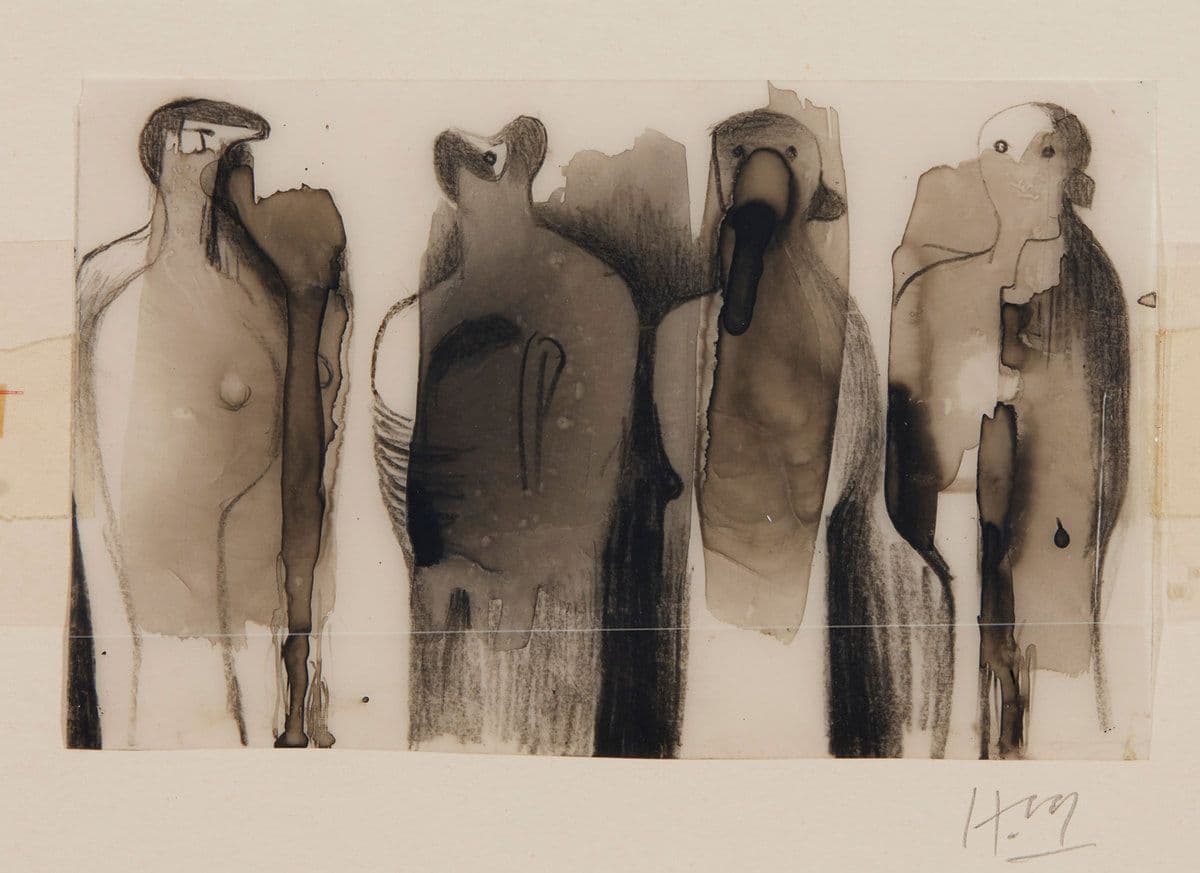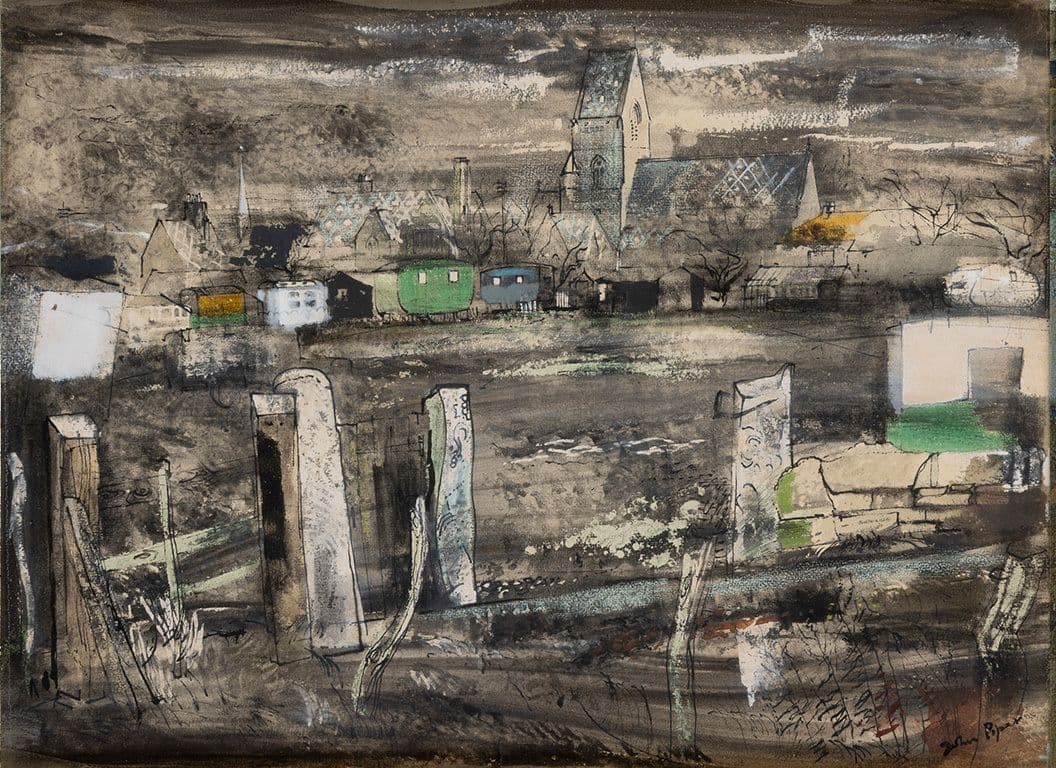Graham Sutherland was an important contributor to Modern British Art, recognised for his etchings influenced by the English pastoral tradition and the work of Samuel Palmer. His early prints combined emotional intensity with technical precision, exploring rural life and spirituality. After the 1929 market crash, he turned primarily to painting but returned to printmaking at various points, maintaining a lasting presence in British art.
Graham Sutherland specialised in etching whilst a student at London University’s Goldsmith’s College School of Art between 1921 and 1926.
He was taught by Malcolm Osborne and Stanley Anderson and trained alongside Paul Drury and William Larkins. Sutherland established his professional standing as a printmaker and held his first solo exhibition in 1924, at the Twenty-One Gallery in London. The following year he was elected an Associate Member of the Royal Society of Painter-Etchers and Engraves. Shortly after graduating, he was appointed to the staff of Chelsea College of Art, where he taught engraving until 1932.
In 1924, Larkins found an impression of The Herdman’s Cottage etching of 1850 by the visionary artist Samuel Palmer (1805-1881) in a shop on the Charing Cross Road and showed it to his fellow students.
Sutherland recalled the impact it had on him:
‘I remember that I was amazed at its completeness, both emotional and technical. It was unheard of at the school to cover the plate almost completely with work and quite new to us that the complex variety of the multiplicity of lines could form a tone of such luminosity…As we became familiar with Palmer’s later etchings, we ‘bit’ our plates deeper. We had always been warned against ‘overbiting’. But we did ‘overbite’ and we ‘burnished’ our way through innumerable ‘states’ quite unrepentant at the way we punished and maltreated the copper…It seemed to me wonderful that a strong emotion, such as was Palmer’s, could change and transform the appearance of things.’
Sutherland engaged with and extended the English pastoral tradition and its idealism, with Gordon Cooke proclaiming:
‘Prints such as Village, Pecken Wood, Cray Fields, St Mary Hatch, Lammas and May Green concern the unchanging experience of life in the countryside, the generations which have worked in it and lived from it and the manner in which nature rules such a way of life.’
Yet Sutherland’s etched images of the mid-1920s are also laced with nostalgia - as rural communities changed - and with an embracing of religion which culminated in his acceptance into the Roman Catholic church in 1926.
Sutherland’s success as an etcher came to an abrupt end with the collapse of the art market following the Wall Street crash of 1929. He turned to painting, but returned to print-making at various points during his career, including lithography in the 1940s and 1950s before a resumption of etching in the 1970s.
